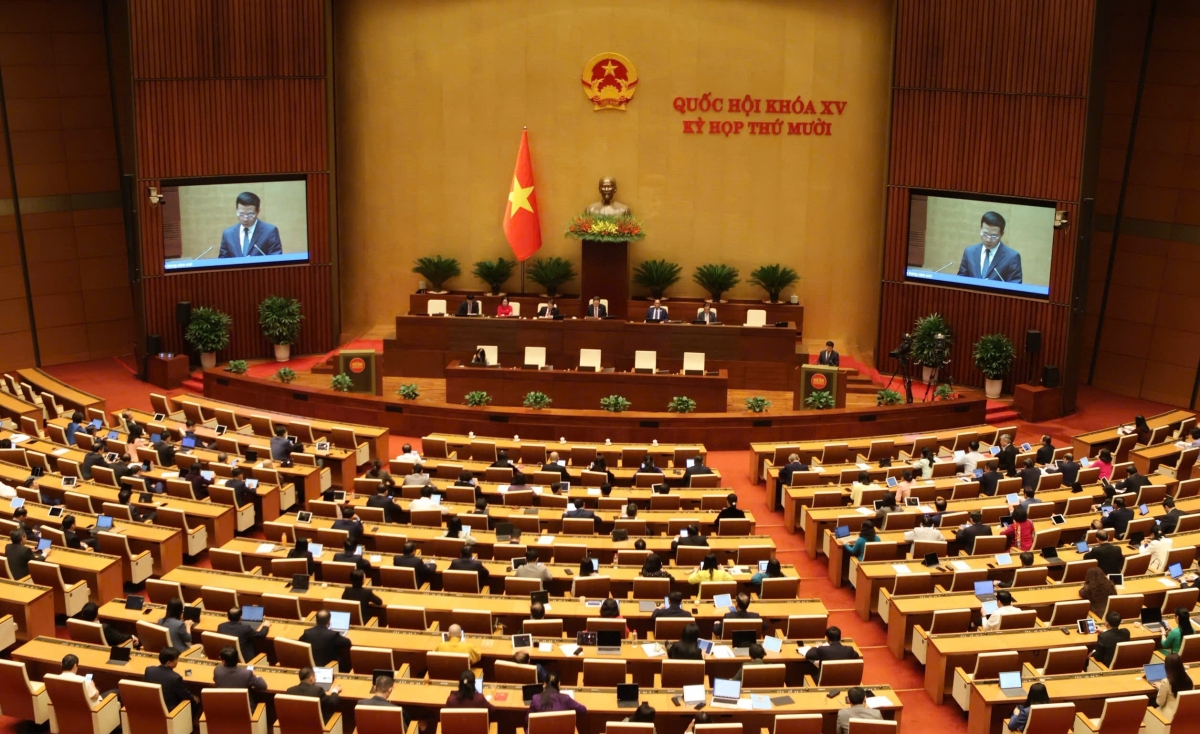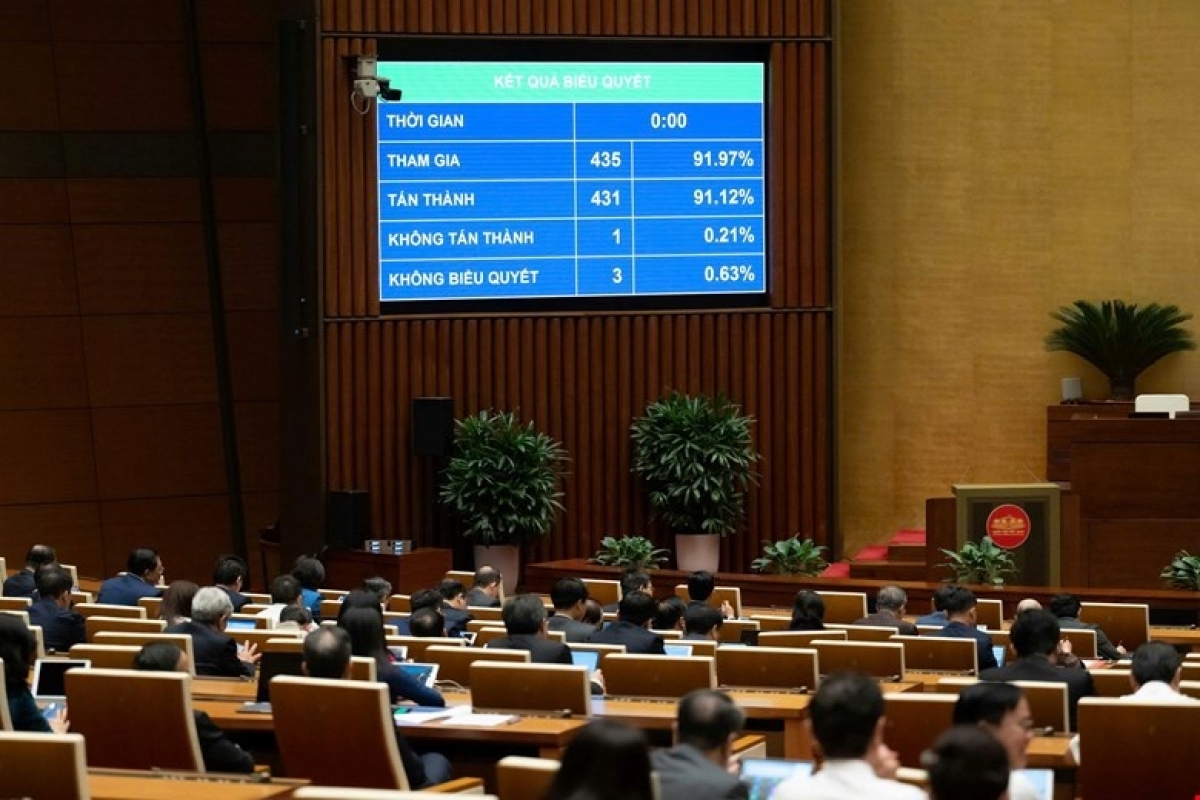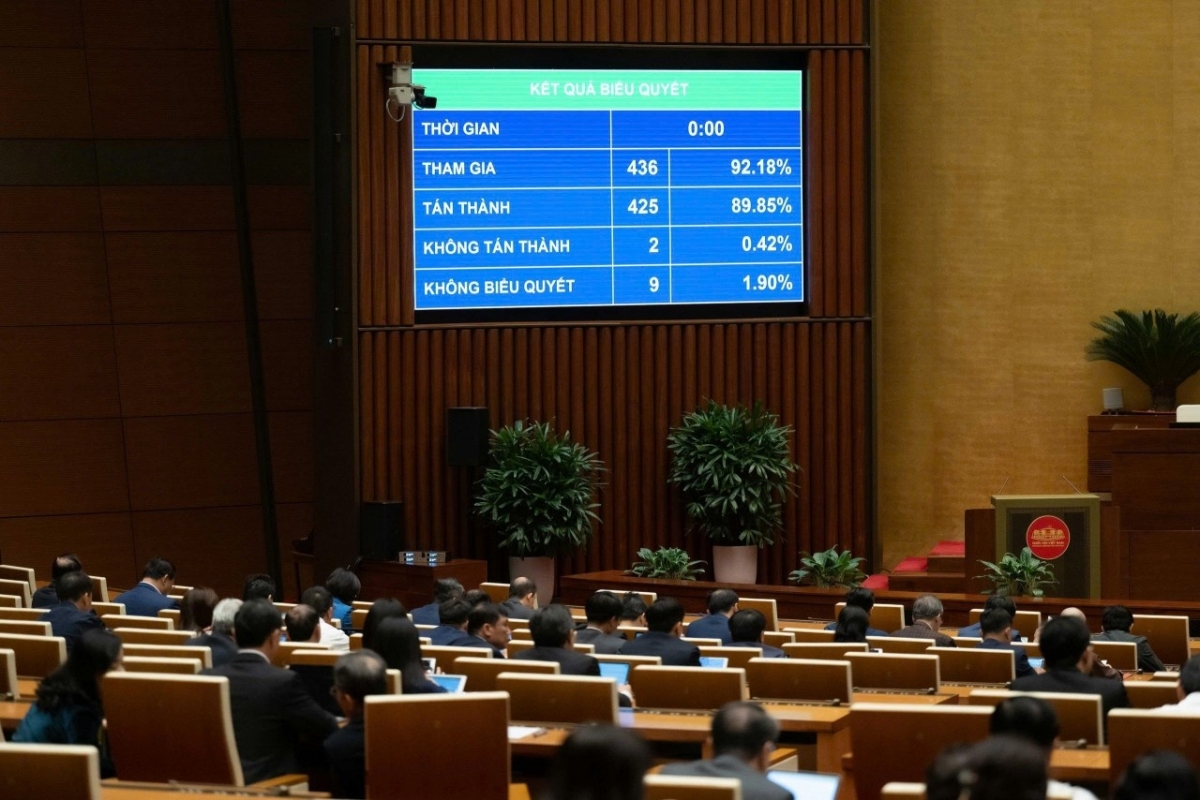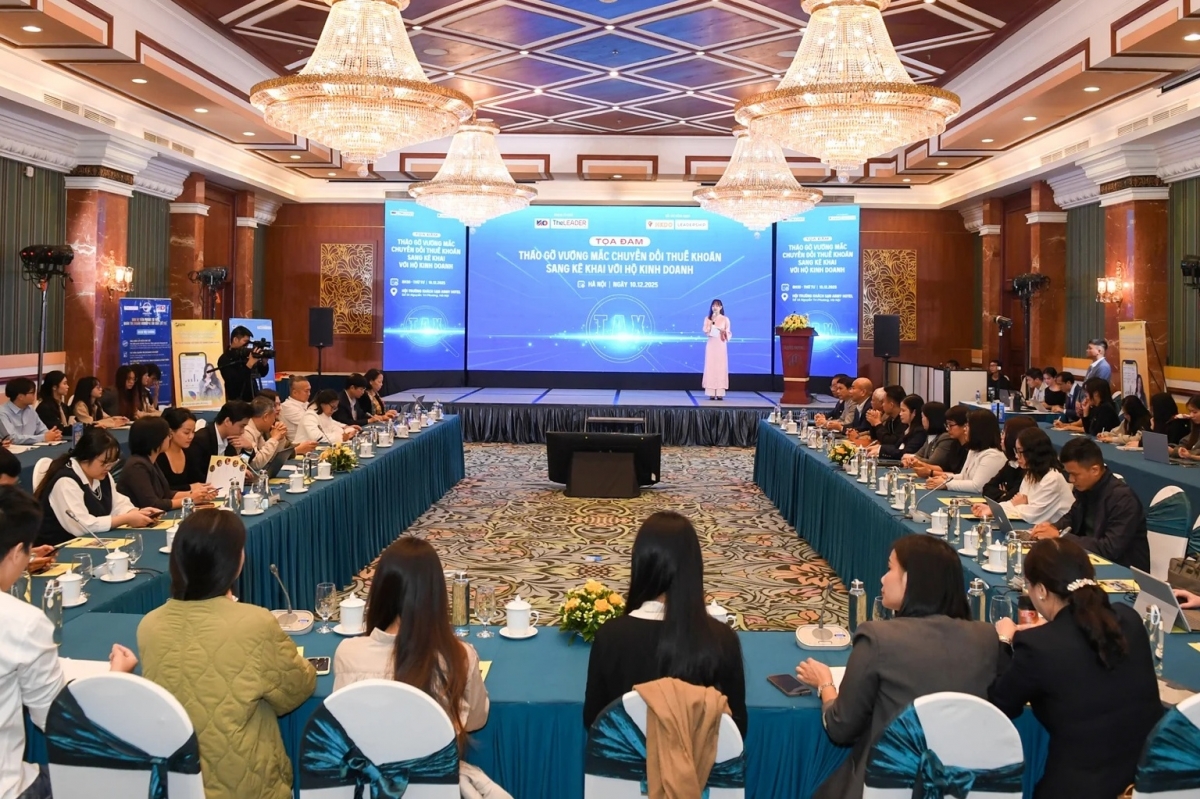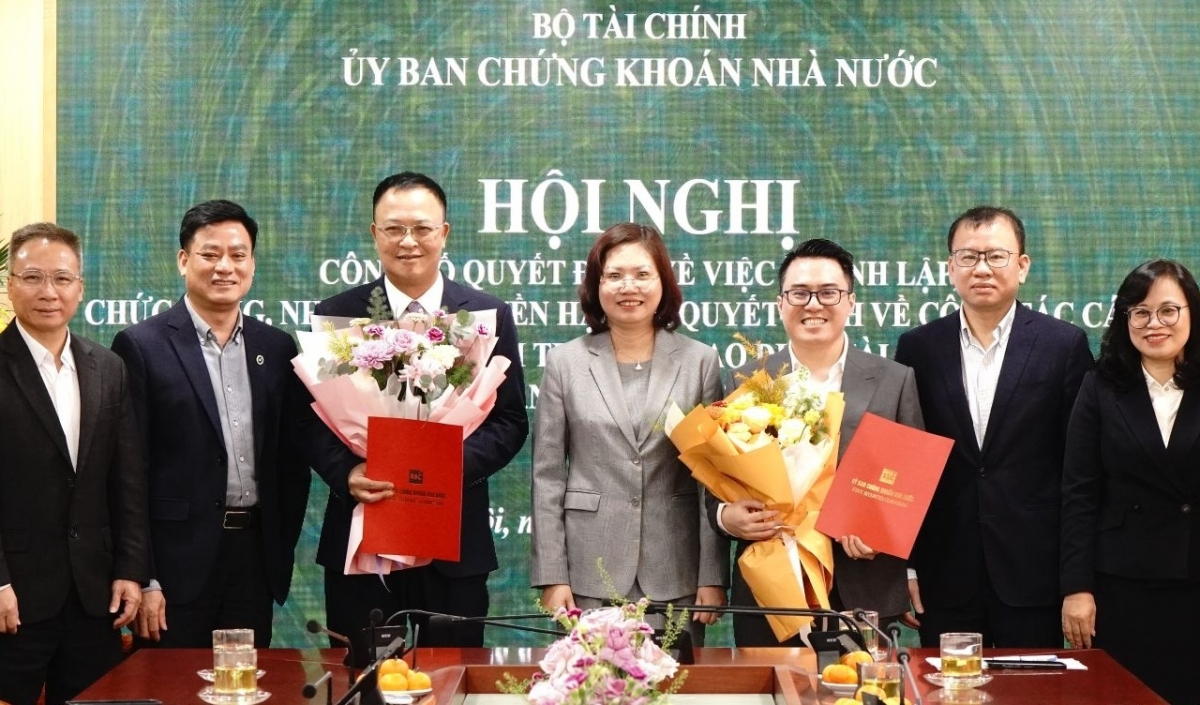INTERNATIONAL INVESTMENT
AND PORTAL
Australia, New Zealand, and Vietnam have rounded off negotiations to upgrade the ASEAN-Australia-New Zealand Free Trade Area (AANZFTA). The upgrade will be officially signed in early 2023 and, through this, the 13 participating countries hope to boost post-pandemic growth, facilitate trade, make supply chains more resilient, and encourage sustainable development.
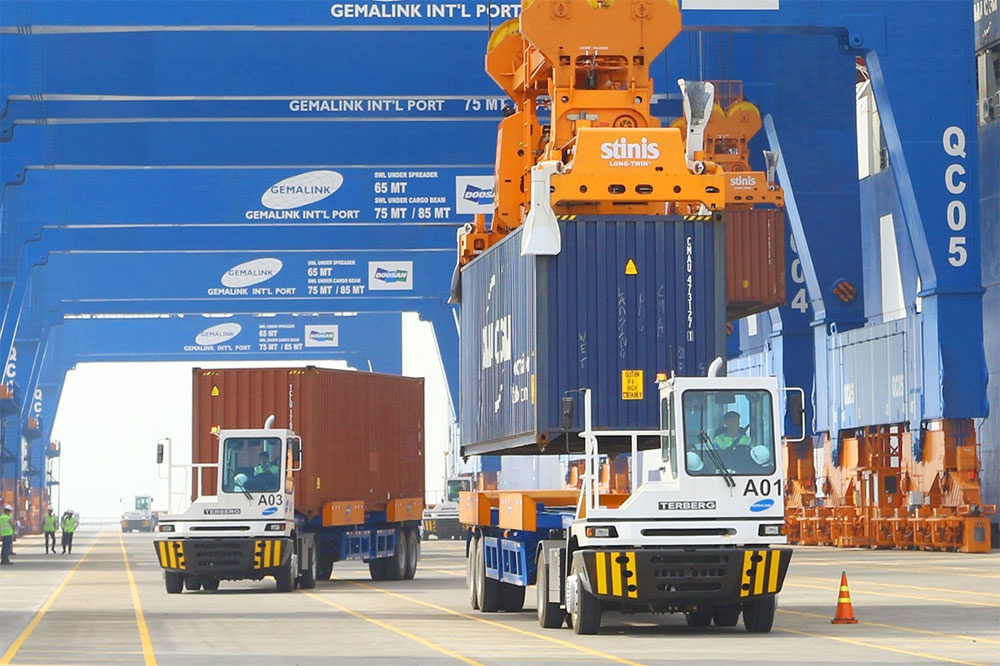 Updated versions of trade agreements can mean a smoother process for exporters and importers, Le Toan
Updated versions of trade agreements can mean a smoother process for exporters and importers, Le Toan
According to the ASEAN Secretariat, businesses will benefit from the upgrade via improved transparency solutions; lower costs and time for exports and imports; use of technological solutions for trade; cooperation in digital technology, sustainable development, and education services; increased participation of micro, small, and medium-sized enterprises (MSMEs) in economic activities, including government procurement; and smoother flow of essential goods during periods of crises.
Trade between ASEAN, Australia, and New Zealand has remained robust despite 2022’s problems. Last year, the total goods trade between ASEAN and Australia reached $81.6 billion, up 49 per cent on-year which is much higher than pre-pandemic rates.
Meanwhile, goods trade between ASEAN and New Zealand last year reached $11 billion, up 22.5 per cent on-year. In 2021, foreign direct investment flows from Australia and New Zealand to ASEAN sat at $589 million.
During the official visit by National Assembly Chairman Vuong Dinh Hue to Australia and New Zealand early this month, he stated that the three countries will have opportunities to increase their trade and investment cooperation in the coming time thanks to the new version of the AANZFTA and the continuing implementation of both the Comprehensive and Progressive Agreement for Trans-Pacific Partnership and the Regional Comprehensive Economic Partnership, to which Vietnam, Australia, and New Zealand are members.
Making the most of cooperation
Even amid the hardships over the past few years, the trade turnover between Vietnam and Australia last year still climbed by over 49 per cent on-year, amounting to $12.4 billion. In the first nine months of 2022, the figure reached $12 billion, up 31.5 per cent over the same period last year.
“Both nations need to bolster ties, and consider this the core and driver of the two countries’ strategic partnership. In this connection, we should step up liberalisation of trade and investment, improve maritime and aviation infrastructure connectivity under bilateral, multilateral, sub-regional, and regional frameworks. We should also work closely with ASEAN in making the most of initiatives for regional economic cooperation and connectivity,” Chairman Hue said.
Australia’s Department of Foreign Affairs and Trade highlighted Vietnam on its website as an attractive to Australian investors. “Vietnam’s economy attracts strong domestic and foreign investment flows. Its rapid industrialisation, geographic proximity to rapidly growing economies, and embrace of trade liberalisation has led Vietnam to become one of the most trade intensive economies in the world.”
Statistics from Vietnam’s Ministry of Planning and Investment (MPI) showed that as of November 20, Australia had 583 valid investment projects in Vietnam registered at $1.98 billion.
Australian investment is concentrated mainly in manufacturing and processing, food services, and agro-forestry-fisheries. Prominent Australian investors in Vietnam include Austal, Blackstone Minerals, BlueScope Steel, CBH Group,
LOGOS, Linfox, Mavin Group, RMIT University, and SunRice.
“The AANZFTA upgrade will strengthen and improve the trade agreement to ensure it is fit for the future for businesses and trade in the region. It will provide a stronger foundation for Australian businesses to expand their economic engagement with Southeast Asia,” said Tim Ayres, Assistant Minister for Trade in Australia.
The upgraded trade agreement, once in force, will benefit Australian businesses through new chapters and provisions, including on MSMEs, trade and sustainable development and education services, Ayres added. “The upgraded agreement will also include enhanced provisions on electronic commerce, competition, customs procedures and trade facilitation, trade in goods, rules of origin, and trade in services and investment.”
Meanwhile, Vietnam is also expected to amplify its trade and investment ties with New Zealand.
Both nations’ bilateral trade turnover has expanded steadily over the past years. The figure reached $1.3 billion last year, up 26.7 per cent on-year; and $1.1 billion in the first nine months of 2022, up 13.6 per cent compared to the same period last year.
Looking for partnerships
MPI statistics also showed that as of November 20, New Zealand had 51 valid investment projects in Vietnam, registered with $210.6 million, while Vietnam had 11 projects in New Zealand, with total investment capital of $38.4 million.
“Vietnam and New Zealand have favourable conditions to increase economic ties, as both are members of key new-generation free trade agreements (FTAs). We are two complementary economies and the two sides are striving to bring 2-way trade to $2 billion by 2024,” said Chairman Hue. “Vietnam is wide opening its doors to New Zealand businesses and investors. We are boosting reforms of laws and regulations and this has and will benefit investors.”
In a concrete case, New Zealand’s Sequal Holdings is looking for partners in Vietnam, where it can provide high-quality wood products for producing furniture. At present, Sequal provides radiata pine wood for Vietnam’s VinaFor Saigon through a distribution agreement signed in late 2019.
Rhys Arrowsmith, who is Sequal Holdings’s head of sales and marketing in Asia, commented, “This agreement is aimed to give more by challenging and transforming the traditional supplier, customer model and to work together to help meet Vietnam’s furniture industry’s hold 2025 export aspirations.”
The cooperation between Sequal Holdings and VinaFor Saigon is contributing to Vietnam and New Zealand’s dream to increase bilateral trade turnover to $1.5 billion this year, up from $1.3 billion last year.
The AANZFTA covers an area with a population of over 650 million people and over $4.5 trillion in combined GDP. The agreement is ASEAN’s highest quality FTA in terms of opening market access to trade in goods.
“By upgrading the agreement, countries hope to spur growth, facilitate trade, make supply chains more resilient, and encourage sustainable development. It comes when many developed economies are increasing their footprint in Southeast Asia to diversify supply chains and reduce trade risks,” said law firm Dezan Shira & Associates.
Parties to the AANZFTA first inked the original agreement in 2009, and it came into force in early 2010. It was updated in 2015, which streamlined the certification processes for the movement of goods. Tariff reductions were completed in 2020, leading to a drop in tariffs on over 90 per cent of goods traded between the countries. In ASEAN’s more developed markets, the agreement has reduced tariffs on up to 96 per cent of goods.
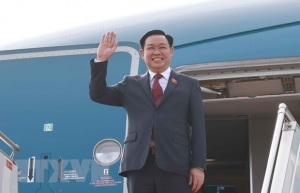 NA Chairman Hue to visit Australia, New Zealand
NA Chairman Hue to visit Australia, New Zealand
National Assembly Chairman Vuong Dinh Hue will pay official visits to Australia and New Zealand from November 30-December 6, announced the NA Foreign Relations Committee.
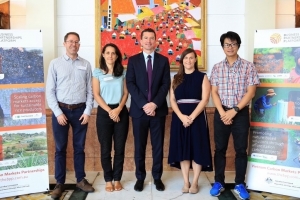 Australia promotes carbon market collaborations
Australia promotes carbon market collaborations
The Australian Department of Foreign Affairs and Trade's (DFAT) Business Partnerships Platform (BPP) announced six new private sector partnerships on November 29.
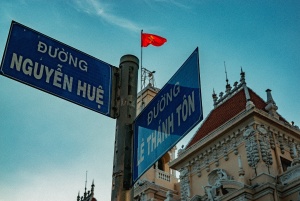 IFC and Australia launch new partnership to boost private sector growth
IFC and Australia launch new partnership to boost private sector growth
At least $300 million in private investments is expected to be unlocked in Vietnam through a new partnership between International Financial Corporation and the Australian government. The partnership will help Vietnam to continue on its path to green and inclusive growth while addressing the needs emerging from the pandemic.


